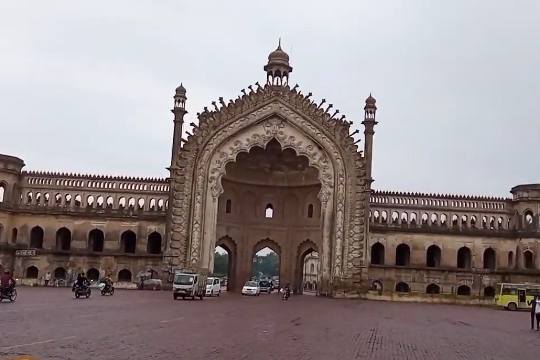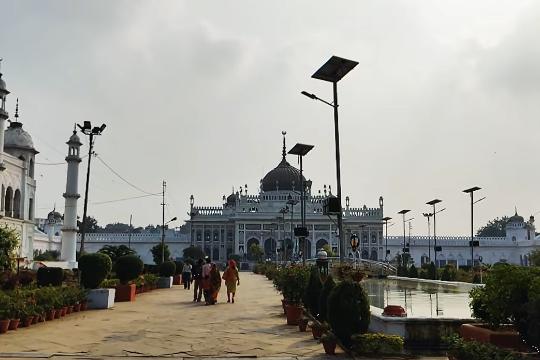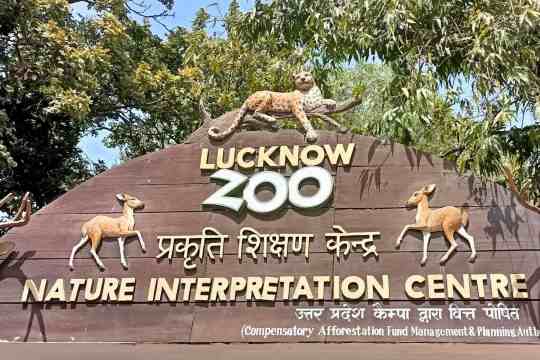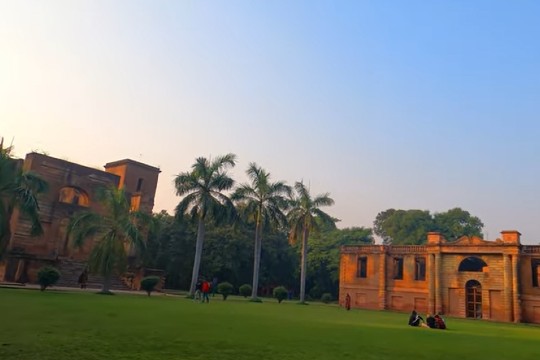Lucknow Travel Guide
Discover the Charm of Lucknow: A Travel Guide to India's City of Nawabs
Lucknow is the capital city of the Indian state of Uttar Pradesh, and it is known for its rich history, cultural diversity, and culinary delights. Located on the banks of the Gomti river, Lucknow has a long and storied past, having served as the capital of the Nawabs of Awadh, who ruled the region in the 18th and 19th centuries. The city is known for its distinct blend of Hindu and Muslim cultures, with a number of historical landmarks and cultural attractions that reflect this rich heritage.
One of the most popular tourist attractions in Lucknow is the Bada Imambara, a grand mosque and imambara (a Shia place of worship) built in the late 18th century. The imambara is known for its grand architecture and intricate details, and it is a popular spot for tourists to visit and learn about the city's history and culture. Other popular attractions in Lucknow include the Rumi Darwaza, a large gateway built in the 18th century; the Chhota Imambara, a smaller imambara known for its delicate marble work; and the British Residency, a complex of buildings that served as the residence of the British Resident General during the rule of the Nawabs.
In addition to these historical landmarks, Lucknow is also known for its food, with a number of local dishes that are popular with tourists and locals alike. Some of the most famous dishes from Lucknow include kebabs, biryani, and nihari, a spicy stew made with lamb or beef. The city is also known for its sweets, including gulab jamun, a type of fried dough ball soaked in syrup, and kulfi, a type of creamy frozen dessert.
Lucknow can be easily reached by road, rail, or air, with regular trains and flights running from major cities in India. The city has a number of hotels, ranging from budget to luxury, making it a convenient and comfortable destination for travelers.
Speak to someone
who's been there

+91-9873003099
MAKE AN ENQUIRYBest Places To Visit In Lucknow
From historical cities to natural wonders, come see the best of Lucknow.

Rumi Darwaza
The Rumi Darwaza of Lucknow is one of the most impressive architectural structures in India. It was constructed in the year 1784 by Nawab Asaf-ud-daula. The Rumi Darwaza is an example of the fine architectural style of Awadh. The Rumi Darwaza of Lucknow is also known by the name of Turkish Gateway since it is supposed to be identical in design to a similar gateway in ancient Constantinople.

Bara Imambara
The Bara Imambara was built in the year 1784 by the fourth Nawab of Awadh known as Asaf-ud-Daula. The Bara Imambara of Lucknow is one of the most famous monuments of this place. The Bara Imambara is known for its incredible maze called Bhulbhulaiya. This is located on the upper floor of the monument

Chota Imambara
Chota Imambara, one of the beautiful historical monuments in the City of Nawabs, Lucknow, was built in 1838 under the reign of Nawab Muhammad Ali Shah, Chota Imambara has a unique structure with a blend of Charbagh, Indo-Islamic, and Persian architectural styles.

Lucknow Zoo
Nawab Wajid Ali Shah Prani Udyan, is a 71.6-acre (29.0 ha) zoo located in the heart of the capital city of Uttar Pradesh named after Wajid Ali Shah- the last Nawab of Awadh,The zoo is home to 463 mammals, 298 birds, and 72 reptiles representing 97 species, including the royal Bengal tiger, white Bengal tiger, Asiatic lion, gray wolf, hoolock gibbon, Himalayan black bear, Indian rhinoceros, blackbuck,

Ambedkar Memorial Park
Ambedkar Memorial Park, formally known as Dr. Bhimrao Ambedkar Samajik Parivartan Prateek Sthal, is a public park and memorial in Gomti Nagar, Lucknow, Uttar Pradesh, India. The memorial is dedicated to B. R. Ambedkar, the 20th century Indian polymath and the "father of the Indian Constitution".

Dilkusha Kothi
Dilkusha Kothi is the remains of an eighteenth-century house built in the English baroque style in the quiet Dilkusha area of Lucknow in India. Today there are only a few towers and external walls as a monument, though the extensive gardens remain. It was initially intended as a hunting lodge for the Nawabs of Awadh, although it was later used as a summer resort as well.
Best Travel Packages For Lucknow
Find the best deals on Lucknow Tour Packages for solo, family & group travelers.
Looking for a custom trip plan?
It only take 2 minutes to plan your own holiday itinerary.

